What Types Of Food Do Reptiles Eat? Taking Care Of Reptiles At Home

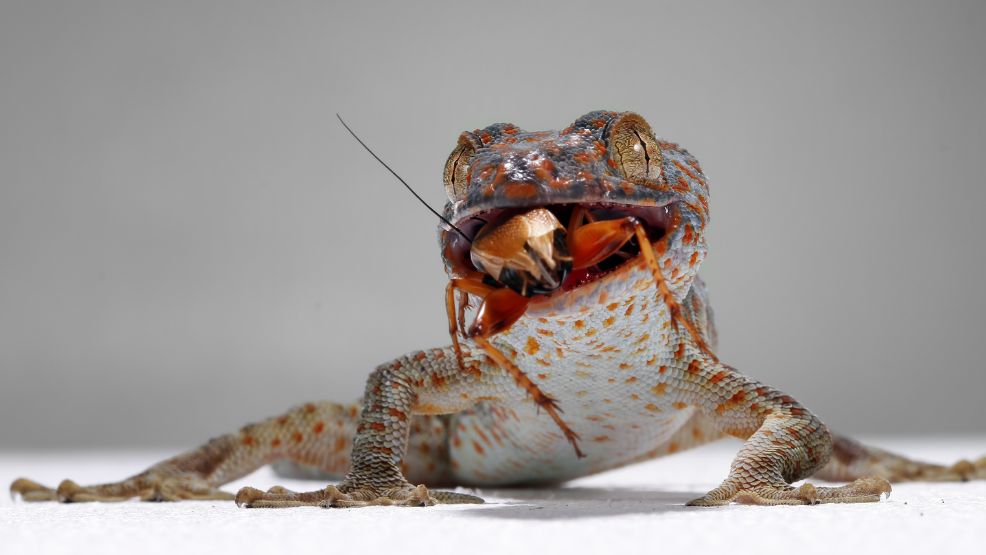
Dorothy brought a monitor lizard home. Initially, the pet survived on eggs for the first few days. Now, feeding the lizard and procuring eggs for her were easy for Dorothy. However, after a few months, the lizard started facing digestive problems, and the diagnosis for the same was Helminths or worm infestation.
This condition also led to prolonged weakness and created problems in movement. The doctor suggested that the excessive consumption of eggs has triggered this specific health issue for the lizard. The doctor even said that the lizard could only eat fish.
Now, Dorothy is not alone. This is a common problem among reptile pet parents. Very few of them know what do reptiles eat. Nutrition is one of the most important factors in a reptile’s long, healthy life. Reptiles need the right balance of:
- Vitamins
- Minerals
- Proteins
- And other nutrients to support their growth and immune systems.
But, with over 11,940 known reptile species worldwide and each with unique dietary needs, it can be challenging to know what they eat.
So, if you are:
- Confused about whether your reptile is herbivorous, carnivorous, or omnivorous?
- Unsure which foods give important nutrients.
- Worried about accidentally feeding harmful meals?
Then, here we have a list of what types of food reptiles eat, with expert feeding tips.
Types of Reptile Diets: What Do Reptiles Eat?
There are four types of reptile diets, namely:
1. Carnivores
Carnivorous reptiles such as snakes, monitor lizards, and some turtles eat mostly or entirely animal-based foods.
Common Foods for Carnivorous Reptiles
- Insects (Dubia roaches, crickets, mealworms)
- Small rodents (mice, rats)
- Fish (whole fish).
- Eggs
Tips for Feeding Carnivores
- Give appropriately sized prey as your reptile’s size.
- Use frozen/thawed rodents for safety and convenience.
- Supplement insects with gut-loading.
2. Herbivores
Herbivorous reptiles such as tortoises, iguanas, and some lizards primarily eat plants.
Common Foods for Herbivorous Reptiles
- Leafy greens (Collard Greens, Dandelion Greens, Mustard Greens).
- Vegetables (Carrots, Squash, Bell Peppers).
- Fruits (Apples, Grapes, and Bananas).
- Flowers (African Violet, Alyssum, Aster, Astilbe).
Tips for Feeding Herbivores
- Offer a variety of fresh greens daily.
- Avoid high oxalate vegetables (Spinach, Swiss Chard, Beet Greens, Parsley, and Collard Greens).
- Use calcium supplements to support shell and bone health.
3. Omnivores
Common Foods for Omnivorous Reptiles
- Insects and other protein sources (Crickets, Worms).
- Vegetables and leafy greens.
- Occasional fruits.
Tips for Feeding Omnivores
- Balance animal protein with plenty of plant matter.
- Adjust the diet based on age.
- Juveniles need more protein, and adults need more vegetables.
- Ensure variety to keep the diet nutritious and enjoyable.
Specialized Diets For Popular Pet Reptiles: What Do Reptiles Eat?
Here are a few examples of popular reptile pets and what they eat.
1. Bearded Dragons
| Juvenile Bearded Dragons | Adult Bearded Dragons |
|---|---|
| 15-30% leafy greens and vegetables | 85% leafy greens and vegetables |
Primary Non-Goitrogenic Greens (Feed daily, Rotate Often)
- Dandelion greens
- Arugula (“Rocket”)
- Endive/escarole
- Carrot tops
- Alfalfa
Primary Goitrogenic Greens ( These Are Healthy, But Don’t Rely Only On These)
- Collard greens
- Bok choy
- Mustard greens
- Watercress
- Turnip greens
Secondary Greens (Use Every Other Day Or Less)
- Kohlrabi
- Beet greens
- Parsley
- Cilantro
- Rosemary
- Basil
Tertiary Greens (Use Twice A Week Or Less)
- Cabbage
- Asparagus
- Celery leaves
- Grape leaves
- Oregano
- Sage
- Clover
Occasional Greens (Feed Infrequently)
- Swiss chard
- Kale (lowest oxalate content)
- Spinach (high oxalates, feed very sparingly)
- Strawberry tops
- Wheatgrass
- Borage greens
- Mulberry leaves
2. Ball Pythons
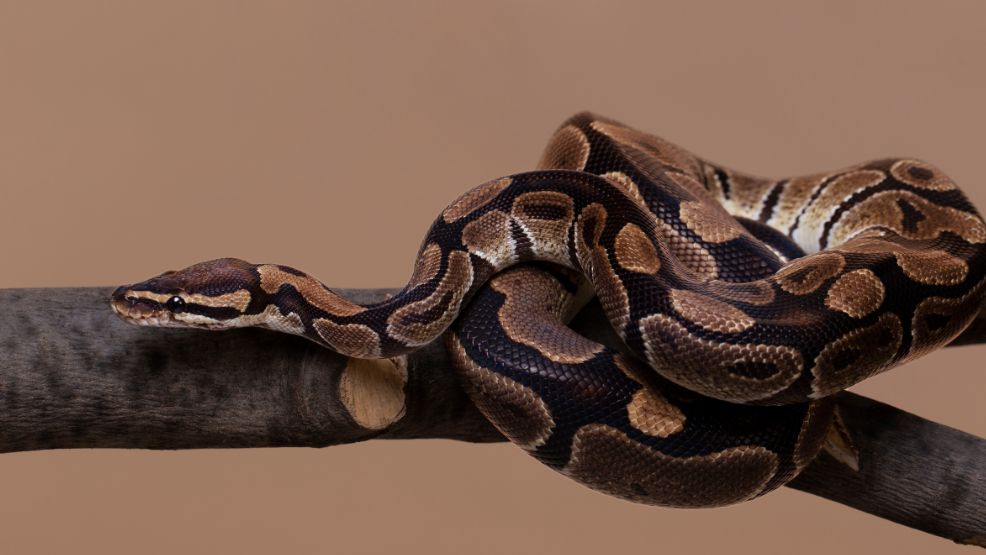
Ball pythons need whole animal prey to meet their nutritional needs. They cannot survive on plant matter or partial diets.
Preferred Prey:
- Frozen-thawed rodents (mice, rats) are safe, convenient, and reduce injury risk to your snake.
- Other prey options are gerbils, hamsters, guinea pig pups, rabbits, and even birds (quail chicks).
3. Green Iguanas
Green iguanas are primarily herbivores; their natural diet mainly consists of:
- Leaves
- Flowers
- Fruit
- Shoots
Juvenile green iguanas sometimes eat the feces of adult iguanas. They do this to get the beneficial gut microbes to digest their fibrous, plant-heavy diet.
4. Red-Eared Slider Turtles
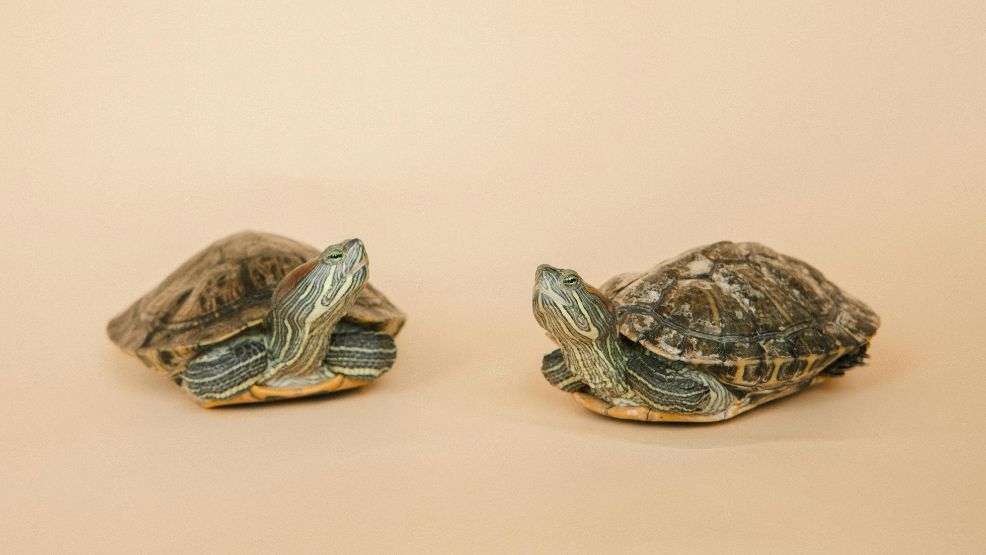
Red-eared sliders need a balanced diet of both animal protein and plant matter.
Diet by Age
| Young Turtles (Babies and Juveniles) | Adult Turtles |
|---|---|
| Mostly animal protein for proper growth. | Mostly vegetation (about 75-80% of diet). |
| Example: Small Insects, Worms, Aquatic Snails, Bloodworms, and Tiny Fish. | Example: Variety of leafy greens, aquatic plants, and some vegetables. |
Protein Source (Especially For Young Turtles)
- Earthworms
- Waxworms
- Crickets
- Aquatic Snails
- Silkworms
- Mealworms
- Bloodworms, Daphnia, Shrimp, and Krill.
- Feeder fish and Tadpoles (feed sparingly and be cautious of parasites and fat content).
Leafy Greens And Vegetables (Make Up Most Of The Adult Diet)
- Collard greens
- Mustard greens
- Dandelion greens
- Kale
- Bok choy
- Carrots (including carrot tops)
- Squash
- Green beans
- Avoid iceberg lettuce (low nutritional value) and feed other lettuces sparingly
Aquatic Plants
- Anacharis
- Water hyacinth
- Water lettuce
- Duckweed
- Azolla (fairy moss)
- Frog-bit
Fruits (Occasionally And In Small Amounts)
- Strawberries
- Blueberries
- Apples
- Melons
- Bananas (very limited, as fruit can cause diarrhea)
**Tip: Calcium and vitamin D3 can be added occasionally. Provide cuttlebone in the tank for calcium.**
Feeding Tips For All Reptiles
Here are the tips you should keep in mind while feeding your reptilian pets:
- Always provide fresh water.
- Use calcium and vitamin supplements as needed.
- Avoid overfeeding as it can lead to obesity and health issues.
- Observe eating habits.
- Clean the feeding area to prevent mold and bacteria.
What Do Reptiles Eat? Nutrition And Food Habits Vary
- Temperature
- Humidity
- Stress
- Age
- Nutrition Intake
- Condition of the Cage
These are a few factors that impact what reptiles eat. Furthermore, the feeding area should be clean, and it should be spacious enough to encourage the reptile to eat.
When a reptile stays in the wild, it becomes easier for it to collect its food resources from plants and prey on rodents and other animals.
However, when you have to take care of a reptile as a pet, meeting its nutritional requirements becomes a little difficult. So, it’s better to have a specialized diet chart made by an expert for them.
Also Read:

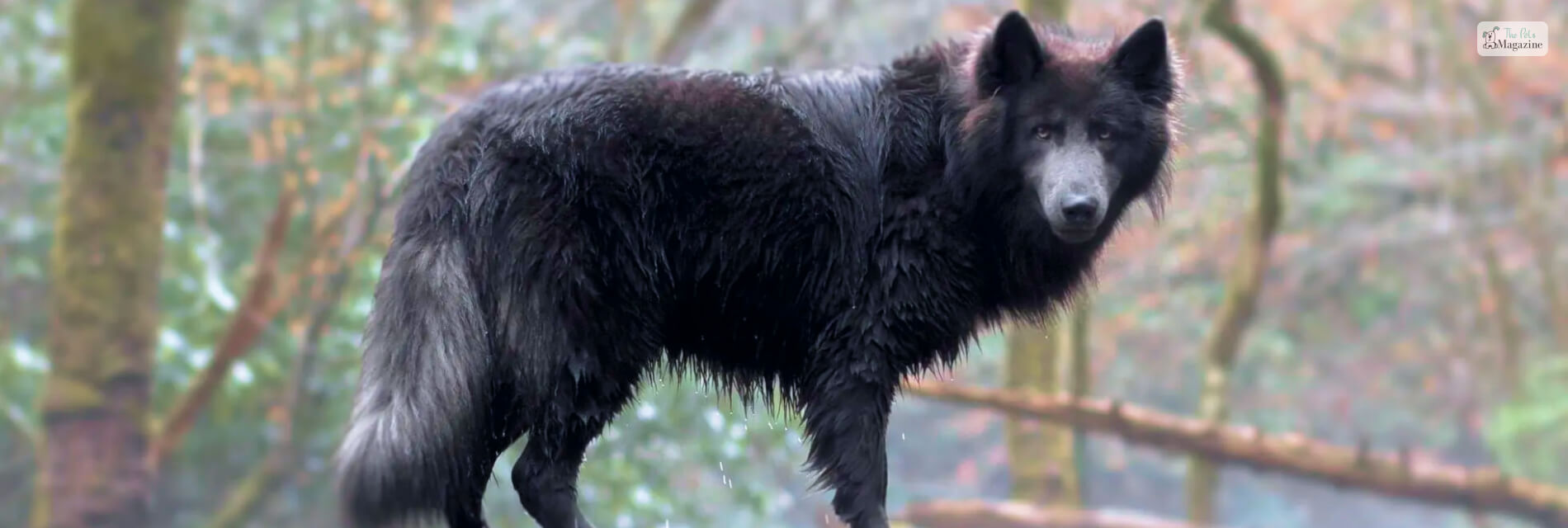
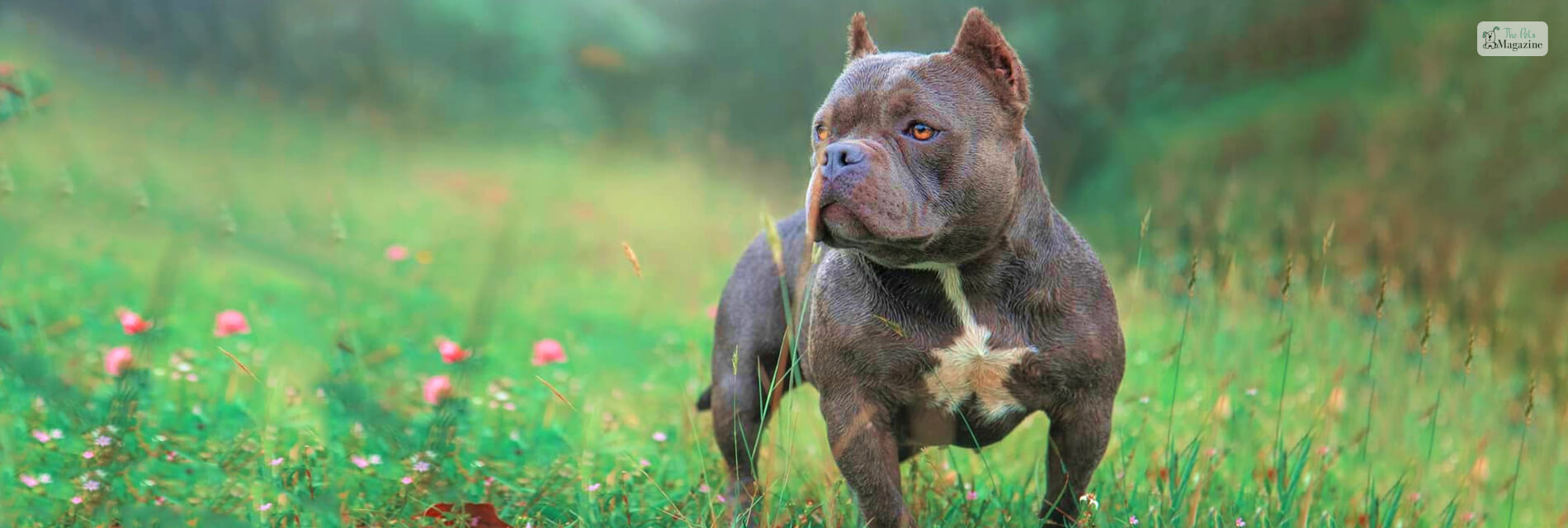



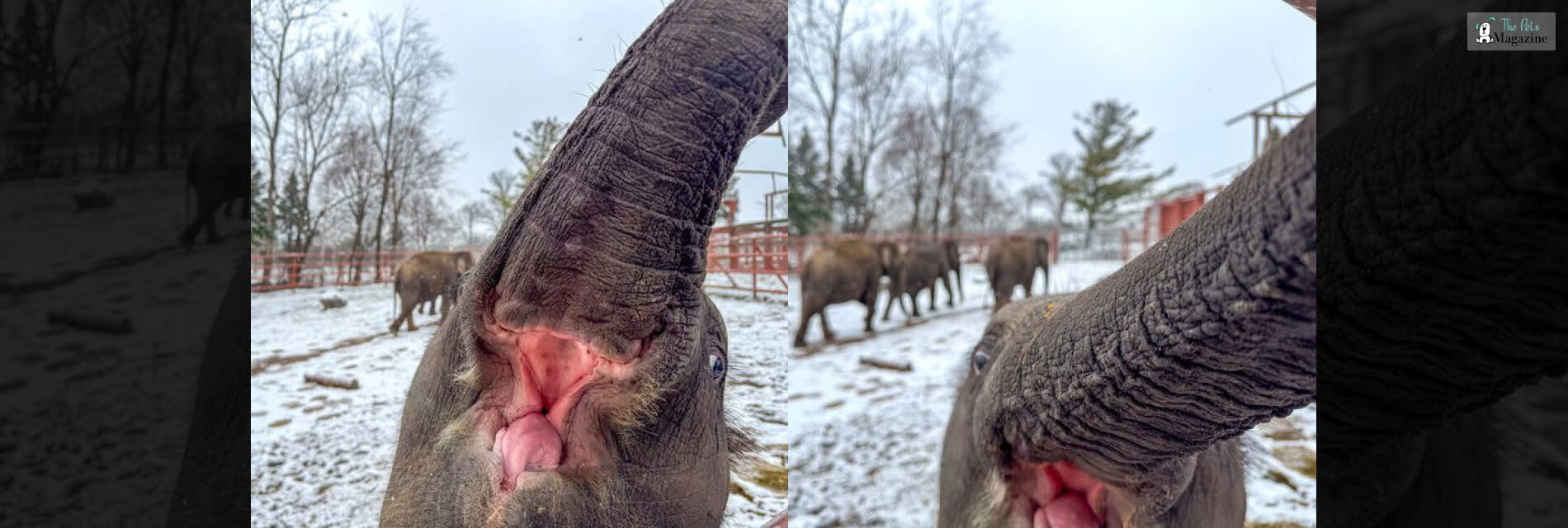


Leave A Comment